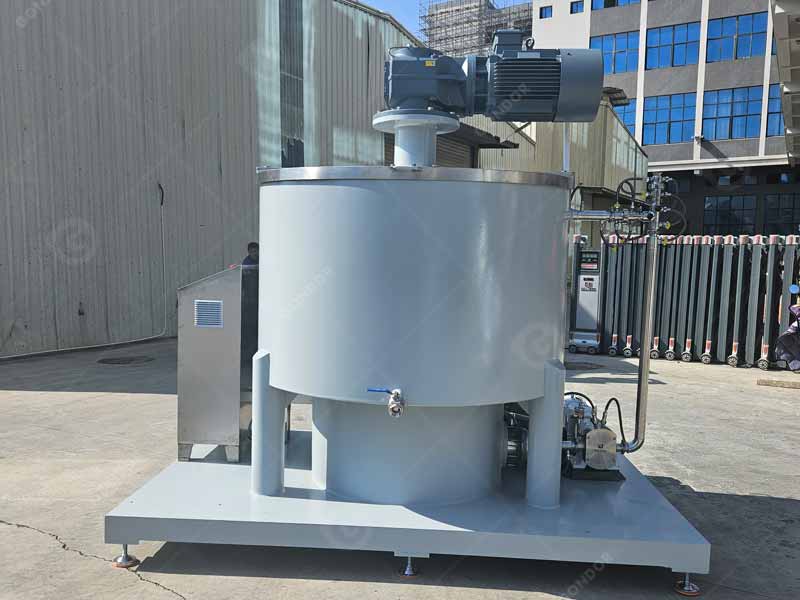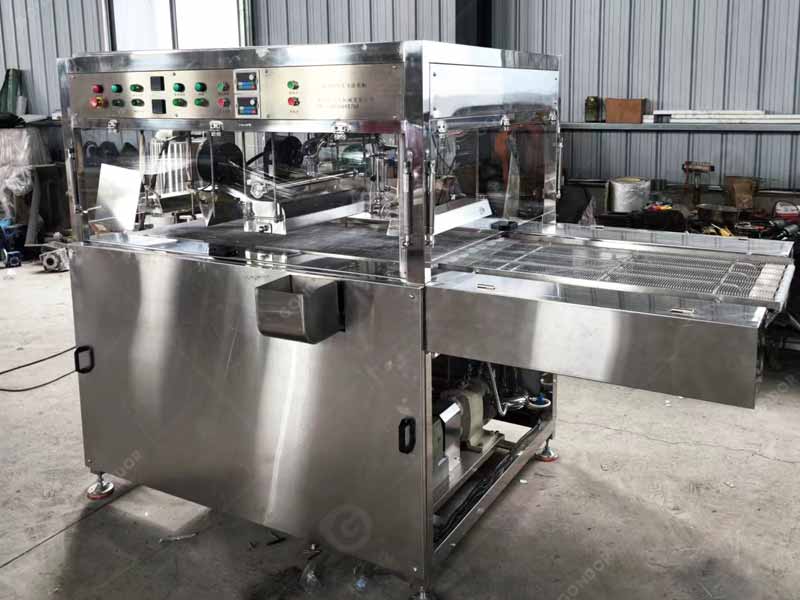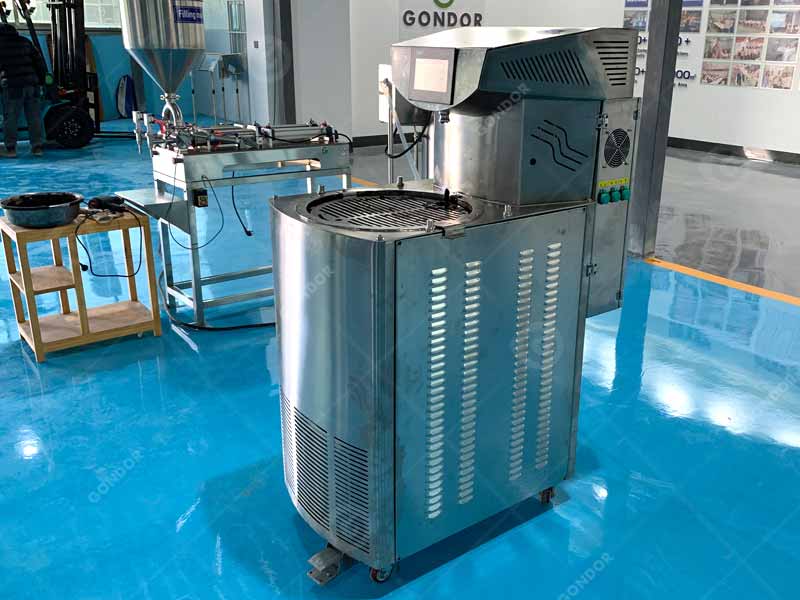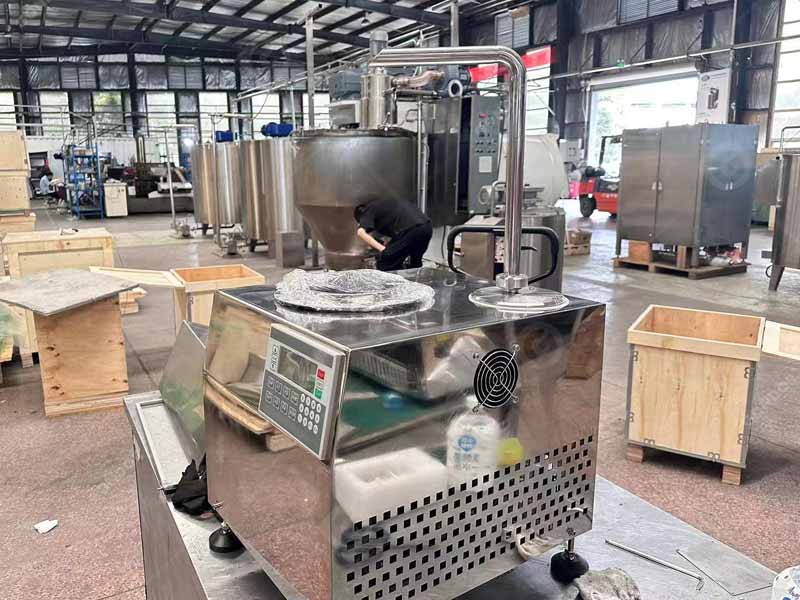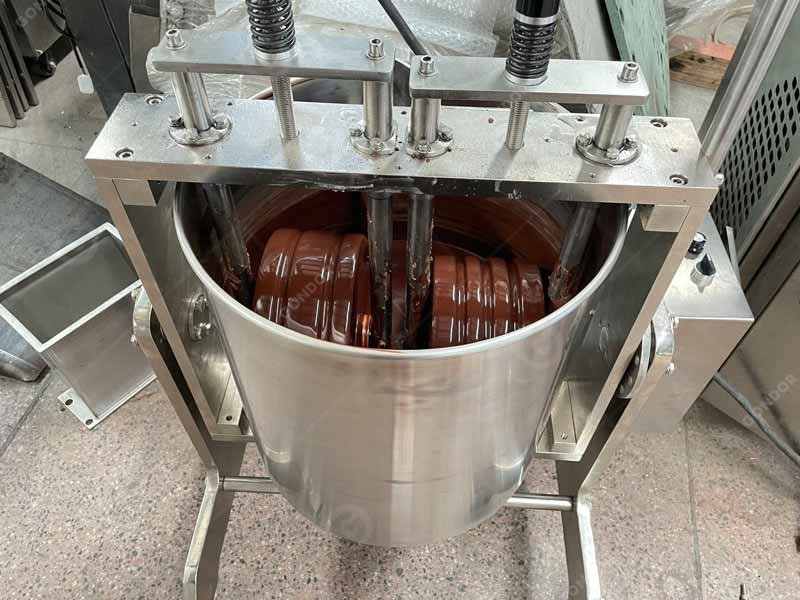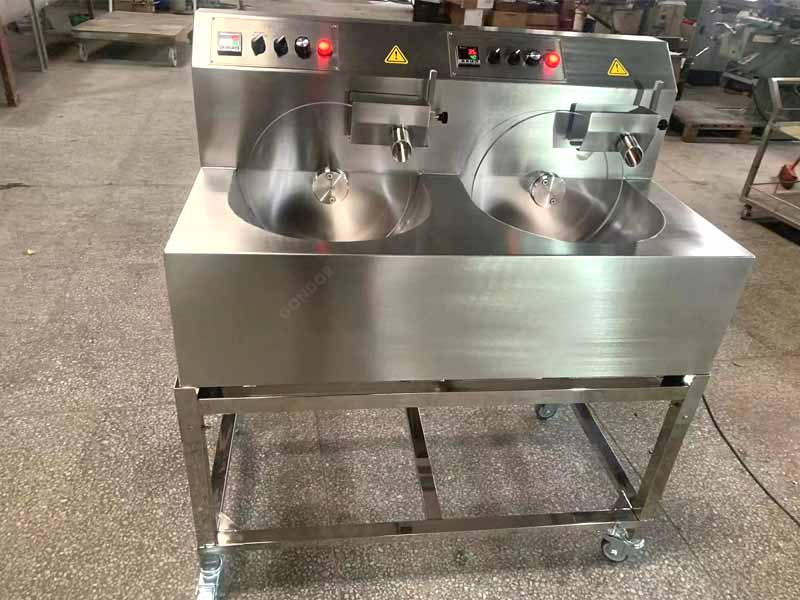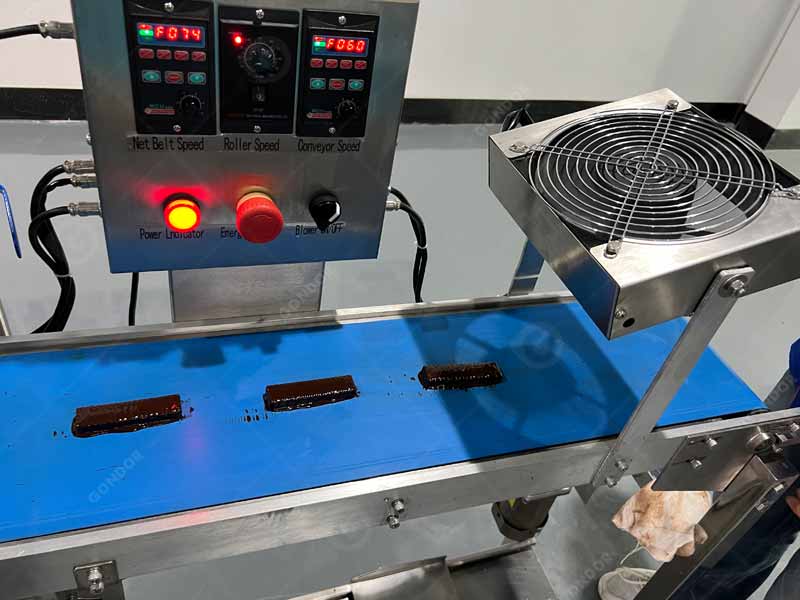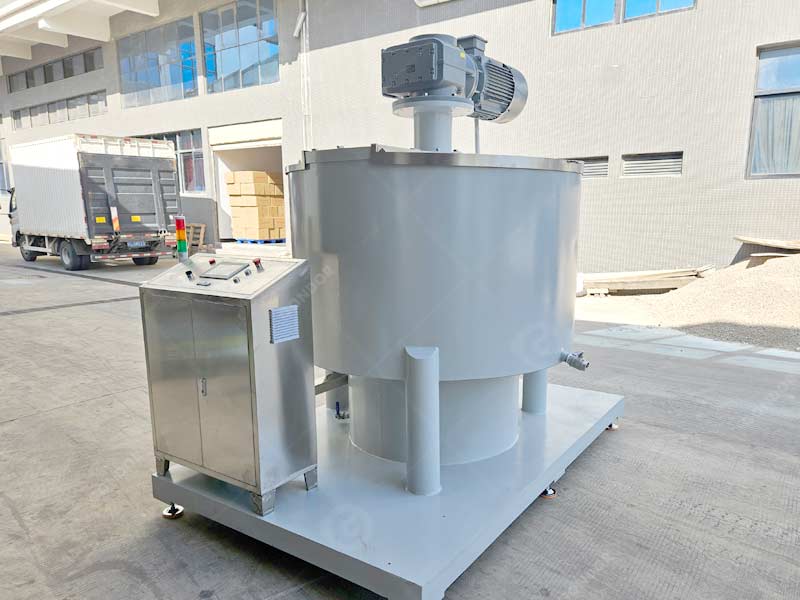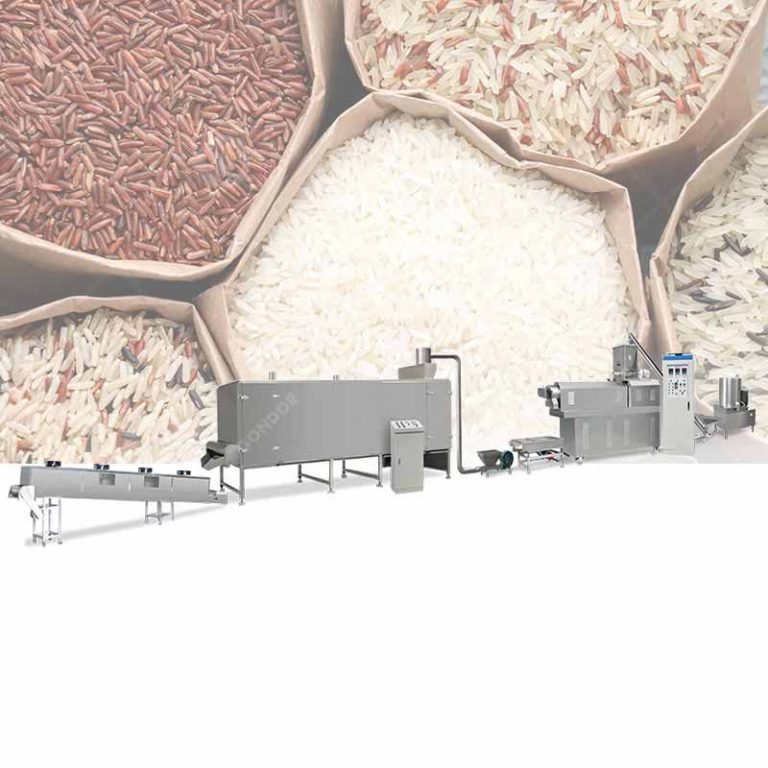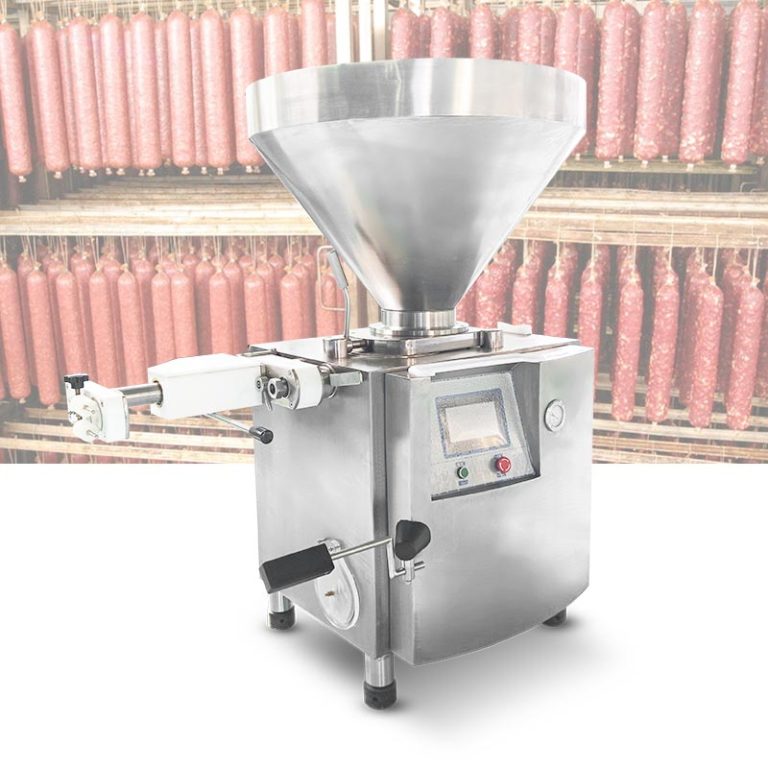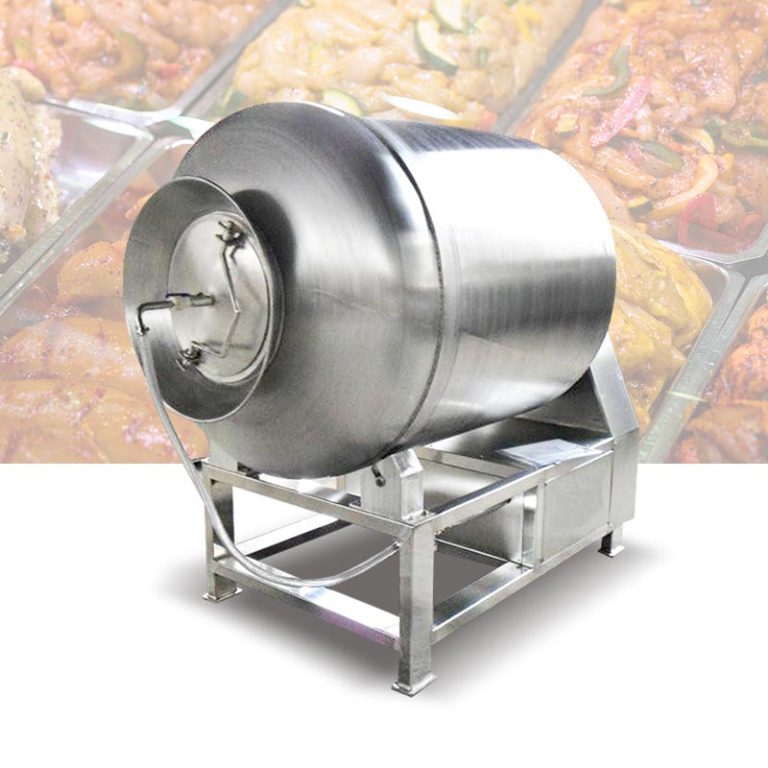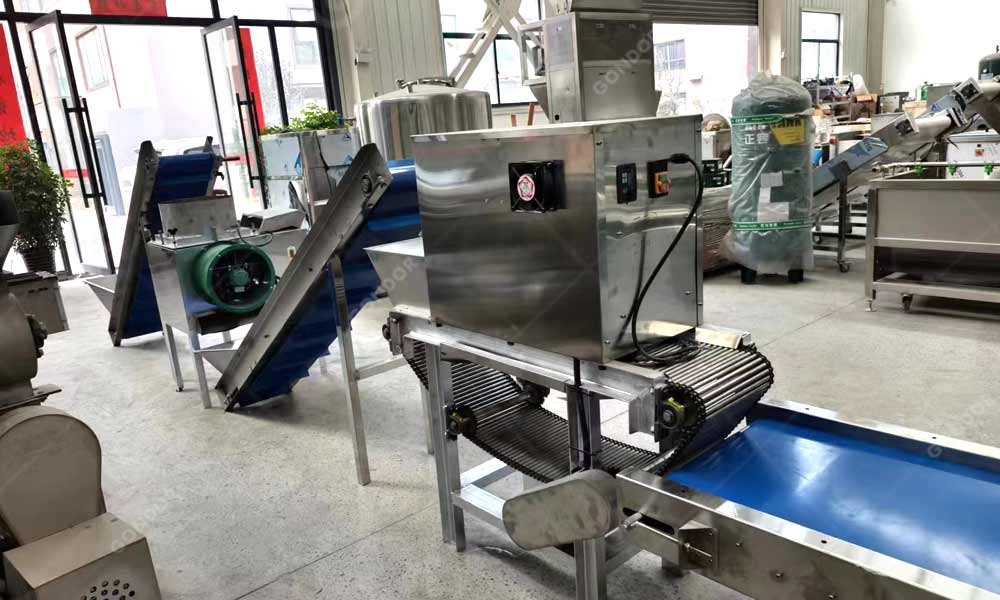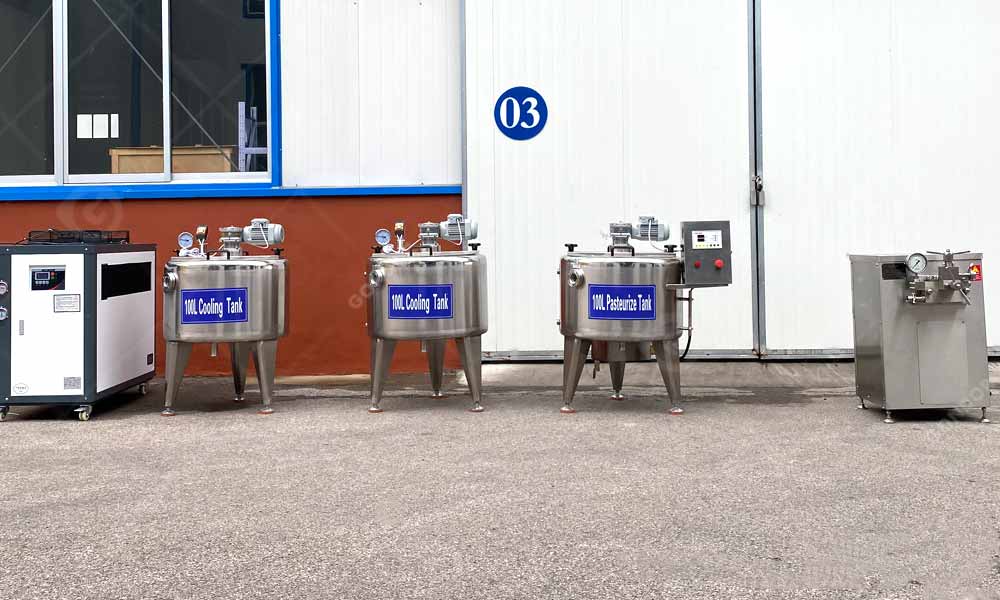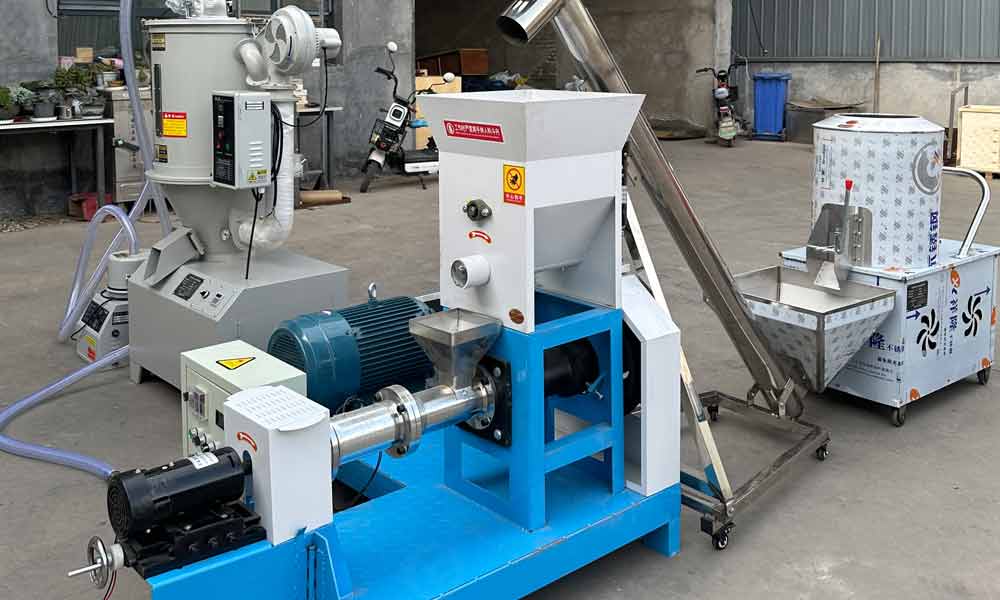As we know, the global chocolate industry is booming, which is driven by increasing consumer demand for high-quality cocoa products. For this reason, as a leading provider of food processing machinery, Gondor Machinery understands that managing the cost of a chocolate making plant is critical to achieving profitability and sustainability. In this guide, we’ll explore the key factors that impact the cost of setting up and operating a chocolate production facility, and this guide will offer insights to help you optimize your operations and maximize returns.
Raw Material Costs – The Backbone of Chocolate Production
The cost of raw materials is one of the most significant expenses in chocolate manufacturing. Key ingredients like cocoa beans, sugar, milk powder, and additives directly influence the overall cost structure.
- Cocoa Beans: As the primary ingredient, cocoa beans are subject to price fluctuations due to factors like climate change, supply chain disruptions, and crop yields. Partnering with reliable suppliers and purchasing in bulk can help mitigate these risks.
- Sugar and Milk Powder: Sugar prices are often influenced by global agricultural policies, while milk powder costs depend on dairy market conditions. Strategic procurement and long-term supplier contracts can stabilize these expenses.
- Additives: Emulsifiers, flavorings, and preservatives, though less costly, play a vital role in product quality. Sourcing high-quality additives ensures consistency and enhances the final product’s appeal.
Production Equipment and Technology – Investing in Efficiency
The machinery and technology used in your chocolate making plant or cocoa powder manufacturing plant are critical to operational efficiency and cost management.
- Equipment Selection: Choosing the right machinery, such as cocoa bean roasters, conching machines, tempering units, and molding systems, is essential. Gondor Machinery offers state-of-the-art equipment designed to maximize productivity and minimize waste, ensuring long-term cost savings.
- Automation: Automated systems reduce labor costs and increase production speed. While the initial investment may be higher, the long-term benefits in terms of efficiency and consistency often outweigh the costs.
- Innovation: Advanced technologies, such as energy-efficient machines and precision control systems, can significantly reduce operational costs while improving product quality.
Factory Setup and Infrastructure – Building a Solid Foundation
Establishing a cocoa bean processing plant or chocolate production facility requires substantial capital investment in infrastructure.
- Location: The cost of land and construction varies by region. While urban areas may offer better access to suppliers and markets, rural locations can reduce initial costs. Proximity to transportation hubs is also crucial for minimizing logistics expenses.
- Utilities: A steady supply of water, electricity, and gas is essential for smooth operations. Investing in energy-efficient equipment and sustainable practices can help reduce utility costs over time.
Labor Costs – Balancing Workforce Efficiency
Labor is a significant component of the overall cost structure in chocolate production.
- Wages and Benefits: Skilled workers are essential for operating advanced machinery, and their wages can be higher. Additionally, benefits like healthcare and insurance contribute to labor costs.
- Training: Regular training programs ensure that employees can operate equipment efficiently and adhere to food safety standards. While training incurs additional costs, it reduces errors and improves productivity.
Energy and Operational Costs – Driving Efficiency
Energy consumption is a major operational expense in chocolate production.
- Electricity: Processes like grinding, conching, and cooling require significant energy. Implementing energy-efficient machinery and optimizing production schedules can lower electricity costs.
- Water Usage: Efficient water management, including recycling and reuse, is essential for reducing costs during cocoa bean processing.
- Maintenance: Regular equipment maintenance prevents costly breakdowns and ensures consistent production quality.
Regulatory Compliance and Certifications – Ensuring Quality and Market Access
Compliance with food safety and environmental regulations is non-negotiable for chocolate manufacturers.
- Environmental Standards: Waste management, emissions control, and energy efficiency are critical for meeting regulatory requirements. Investing in eco-friendly technologies can help reduce compliance costs.
- Certifications: Certifications like ISO, Fair Trade, and organic labels enhance product credibility and marketability. While obtaining these certifications involves costs, they can open doors to premium markets and higher profits.
Logistics and Distribution – Streamlining the Supply Chain
Efficient logistics are essential for managing costs in chocolate production.
- Raw Material Transportation: The cost of transporting cocoa beans and other ingredients depends on the plant’s location relative to suppliers. Proximity to cocoa-growing regions can reduce transportation expenses.
- Finished Product Distribution: Chocolate is temperature-sensitive, requiring specialized storage and transportation solutions. Optimizing distribution networks can minimize costs while ensuring product quality.
Conclusion: Optimizing Costs for Long-Term Success
The cost of operating a chocolate making plant, cocoa powder manufacturing plant, or cocoa bean processing plant is influenced by a wide range of factors, from raw material procurement to energy consumption and regulatory compliance. By understanding these variables and implementing cost-saving strategies, manufacturers can enhance efficiency, reduce waste, and boost profitability.
At Gondor Machinery, we specialize in providing cutting-edge food processing equipment tailored to the unique needs of chocolate manufacturers. Our solutions are designed to streamline production, improve product quality, and reduce operational costs. By partnering with Gondor Machinery, you can ensure that your chocolate production facility remains competitive and sustainable in the ever-evolving global market.






